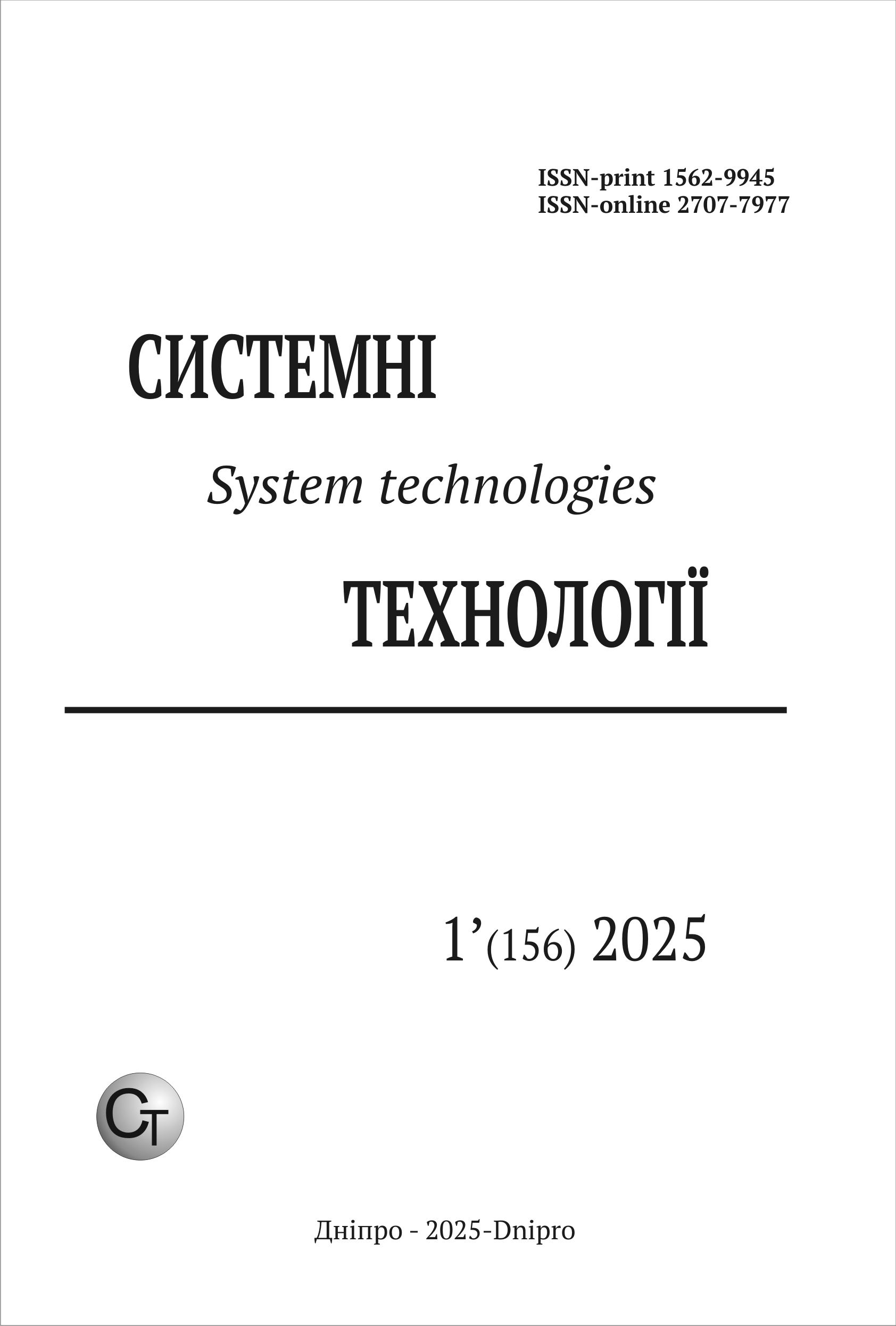Computer-aided modeling and visualization of sound waves propagation in a Tapered Quarter Wavelength Tube
DOI:
https://doi.org/10.34185/1562-9945-1-156-2025-01Keywords:
wave modeling, visualization, interference, Voight tube, TQWT, Laplacian.Abstract
The paper presents the algorithmic basis for computer-aided modeling of sound wave propagation in an acoustic system with an acoustic design in the form of a straight and folded tapered quarter wavelength tube (TQWT). The aim of the modeling is to compare the systems by fidelity of the signal reproduced and localize acoustic excitation zone inside the acoustic system, where installation of a layer of absorbing material is effective for control of wave propagation. The computer-aided modeling of acoustic wave propagation utilizes an algorithm based on a hyperbolic differential equation with attenuation component. A web application has been developed in JS programming language for CPU and GLSL ES language for parallel computing on GPU, which works according to the presented algorithm to simulate the wave propagation process. The program visualizes wave propagation in real-time based on the initial parameters of the environ-ment, such as: the geometric configuration of acoustic enclosure (constructed using line segments), the coordinates of the location and geometric configuration of the wave source, angular velocity of the generator and the wave amplitude, the Courant number, the attenuation coefficient, the size of the simulation grid. The software made it possible to calculate the constructive and destructive interference maps of the wave generated by the speaker’s front side with the wave emerging from the acous-tic system’s port of straight and folded tapered pipe. With a grid size of 512 x 288, the algo-rithm achieved a processing speed of over than 75 time-steps per second using a processor with parallel computing Intel UHD 630. The maps showed that the zones of acoustic excitation were located inside the acoustic enclosure opposite to the wave source. It is shown that the acoustic enclosure in the form of a folded TQWT effectively suppresses high and medium frequencies by attenuating the wave with the configuration of the walls behind the broadband source. The con-figuration prevents unpredictable amplification or attenuation of the specified frequencies and, as a result, increases the fidelity of signal reproduction.
References
Dickason V. Loudspeaker Design Cookbook. 8th Ed. : KCK Media, 2023. 398 p.
Eargle J. JBL Sound system design Reference manual.3d Ed.:JBL Professional, 1999. 87 p.
King M.J. Horn Physics. MJK, 2008. 29 p.
Karlsson H. Hornresp Manual. 2001. 161 p.
URL: https://www.scribd.com/document/692315064/Hornresp-Manaual (date of access 20.11.2024)
Verma N. Physics for Engineers. PHI Learning Pvt. Ltd., 2013. p.361.
Strauss W. Partial differential equations: An introduction. Wiley, 2007. 464 p. ISBN-13: 978-0470054567
Finite difference schemes in musical acoustics: A tutorial / Bilbao S., Hamilton B., Harrison R.L., Torin A. Springer Handbook of Systematic Musicology / 2018. P. 349-384.
Lukjanenko S.A., Nimchuk I.B. Using adaptive difference meshes at modeling two-dimensional thermal wave. System research and information technologies. 2005. № 3, P. 88-98. ISSN 1681–6048
Leu W. Playing around with a 2D wave algorithm. 2021.
URL: https://pixeleuphoria.com/blog/index.php/2021/01/19/playing-around-with-a-2d-wave-algorithm/ (date of access 20.11.2024)
Downloads
Published
Issue
Section
License
Copyright (c) 2025 System technologies

This work is licensed under a Creative Commons Attribution 4.0 International License.















